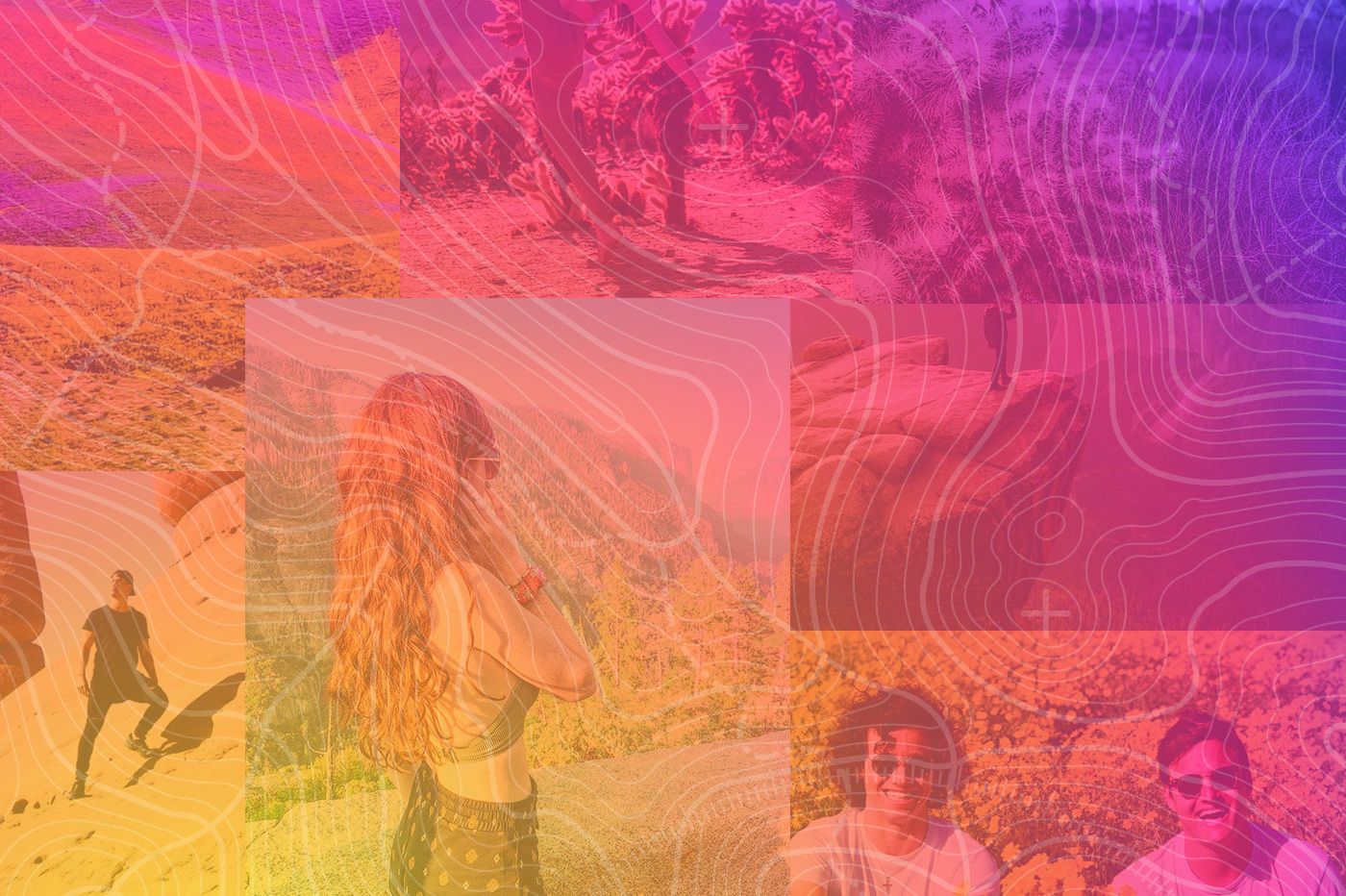Bailey Barton is a political science senior and Mustang News columnist. The views expressed do not necessarily reflect those of Mustang News.
In the past few years, more and more people have been posting images of nature on their social media and geotagging their location. These gorgeous images of protected lands are available on our feeds, and it has allowed many of us to learn about beautiful locations we likely never would have known about otherwise. This has led to an increase in people visiting nature simply to snap a picture for Instagram, like those they’ve seen in their feeds. However, this rush of people into protected nature preserves is simply not sustainable. Too many people coming into an area all at once can cause major problems, as was the case in the Spring 2017 Super Bloom.
During about a one-month period, people from all over the state came to the Carrizo Plain National Monument to take photos in the gorgeous fields of bright yellow flowers. However, hoards of people coming to this area caused a lot of damage, and after a few weeks, there were patches where flowers had been crushed from visitors laying in them to get the perfect social media shot. I’ll admit, my roommates and I are guilty of this too after seeing everyone else’s amazing pictures flooding our feeds. I’m not advising against visiting these sites because of photos you see online, but it is important to understand the effects that visitors to these areas can have on a site.
A lack of care can harm these beautiful locations. The rush of people to an area can bring an increase in trash, damaging foot traffic, disturbances to wildlife and destruction of plants in the area.
People who come only to snap a quick picture and leave are missing the whole point of these areas: they are protected in order to preserve the land not just for their generation, but for future generations as well.
Taking extra care when you do visit these locations will help to prevent you from being the last group of people to see an area the way it currently is. Remember the advice of the National Park Services: “Take only photographs, leave only footprints.”
In the wake of the recent federal government shutdown, Joshua Tree State Park has been forced to run only with the help of volunteers, as federal employees cannot go to work. Volunteers quickly realized that, even in this short time frame, significant damage can be done by visitors without the watchful eye of park rangers there to keep people from disturbing the area. For example, in Joshua Tree the desert floor is made of cryptobiotic crusts, which take thousands of years to form but can be quickly crushed by a single footprint. These crusts play a vital role in desert health by providing nutrients and a way to absorb precious rainfall in a harsh desert environment. They also protect the soil from blowing away, which provides a huge surface area for nutrients to cling to. Even with park rangers present, it can be difficult f0r them to keep an eye on huge swaths of park lands. With federal employees furloughed until further notice, this problems appears to only be getting worse.
State and local municipalities are beginning to start campaigns against geotagging, in an effort to reduce the number of photo-tourists flooding fragile areas. The Jackson Hole Travel & Tourism Board has created a campaign to get tourists to stop geotagging photographs on social media. This includes posters with slogans like “How Many Likes is a Patch of Dead Wildflowers Worth?” and “Tag Locations Responsibly,” highlighting the fears that tagging remote or fragile areas will lead to a mass rush of visitors who are unaware of the effects they may have on the land. A perfect example of this is Delta Lake, a remote refuge surrounded by the Grand Tetons, which has now become a sadly typical case of social media gone awry. A few years ago, one or two hikers a day would make the nine-mile hike up to Delta Lake. Then social media influencers began posting photos from the top of the lake. Now, as many as 145 people are hiking there each day to shoot engagement photos and promote health supplements”. Little-known trails are now heavily trafficked and beginning to erode in some places, which puts additional strain on already-limited park resources. With major cuts to the park service budget, resources should be going to maintaining park lands, not fixing unnecessary extra problems.
It is alright — and even encouraged — to use social media to discover beautiful new hiking trails and places to explore, but it’s also important to keep in mind that these ecosystems are fragile and extra care needs to be taken when visiting them. The purpose of these visits should not be about snapping a quick picture, but about making a real connection with nature. State and national parks exist to allow people to visit and connect with nature, in the hopes that they too will develop a love of conservation. As winter comes to an end in a few weeks and the weather begins to warm up, more people are going to start exploring San Luis Obispo county’s many wonderful hiking trails, campgrounds and scenery. Cal Poly students need to be more mindful of the effect they can have on these lands when visiting these areas. And students going simply to take photos for social media need to be more careful, being sure not to do anything that could potentially damage or pollute park lands.

